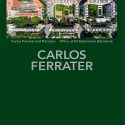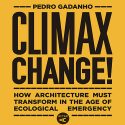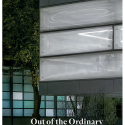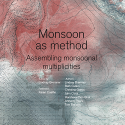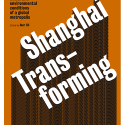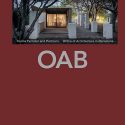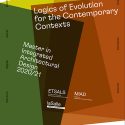Your Cart is empty
Carlos Ferrater
Projects 1979-2004
Carlos Ferrater, Borja Ferrater, OAB
Before setting up in 2006, along with Xavier Martí, Lucía Ferrater and Borja Ferrater, the Office of Architecture in Barcelona (OAB), Carlos Ferrater developed an intense and prolonged professional career on his own since 1971, with his advanced project for the Instant City. Now we present this first and therefore complete monograph on the unique career of this Catalan architect, Carlos Ferrater, awarded the 2009 National Architecture Award by the Spanish Ministry of Housing for his overall career and since 2011 member of the Royal Institute of British Architects (International RIBA Felowship).
The book reflects Carlos Ferrater professional practice, having proved his worth in many projects of enormous relevance and distinction.
EBOOK VERSION

